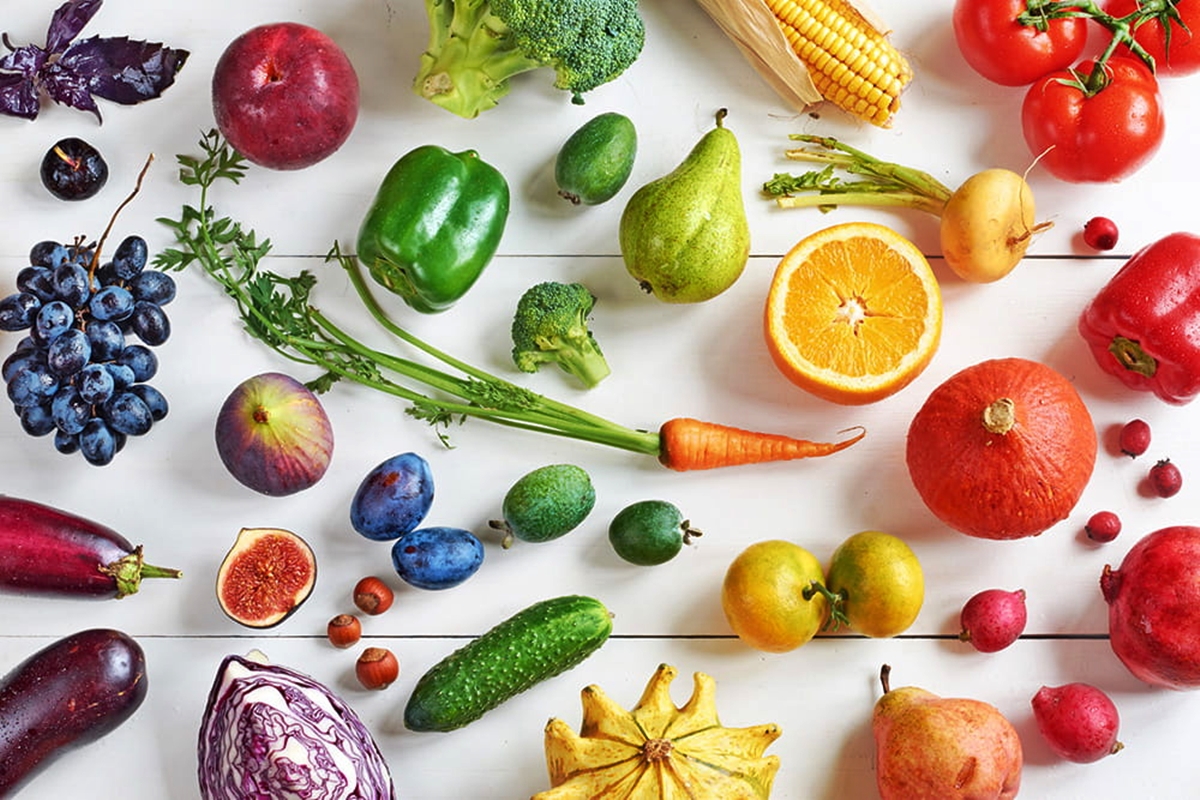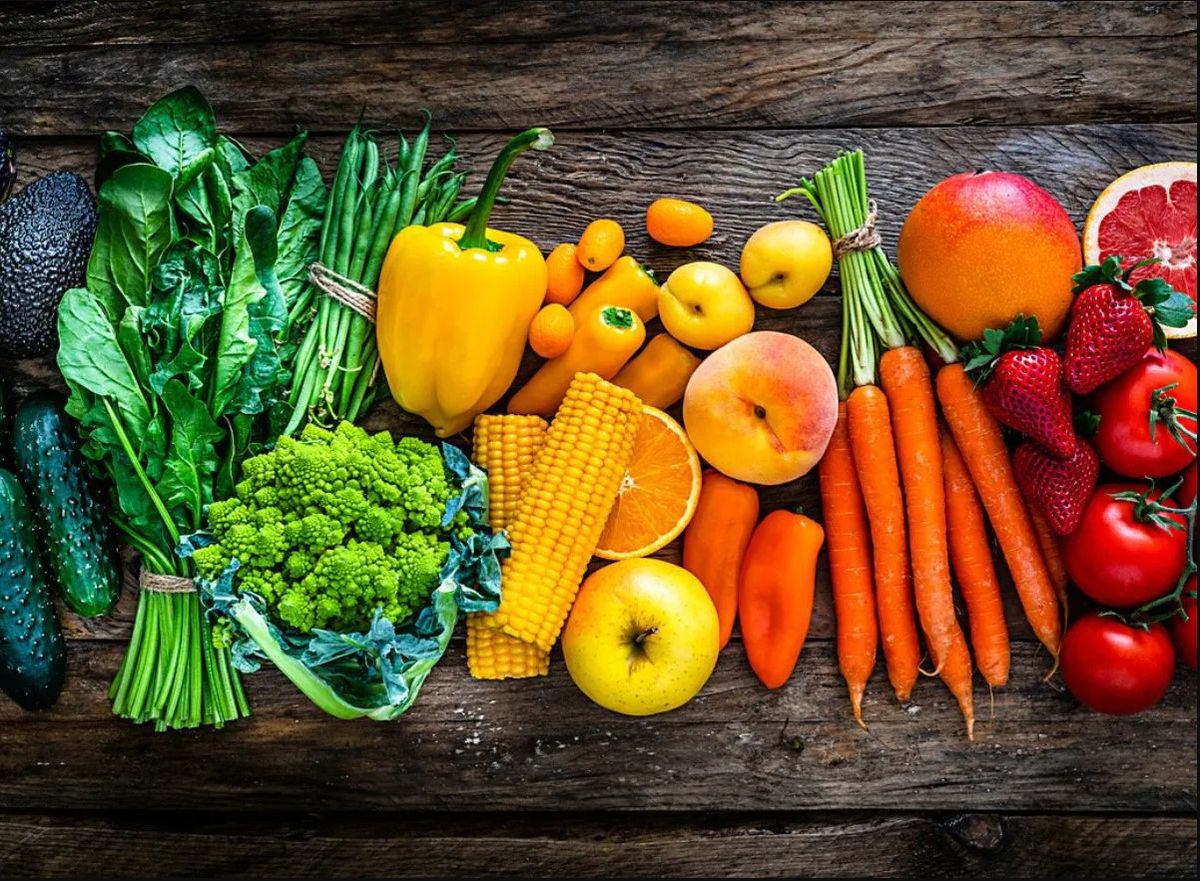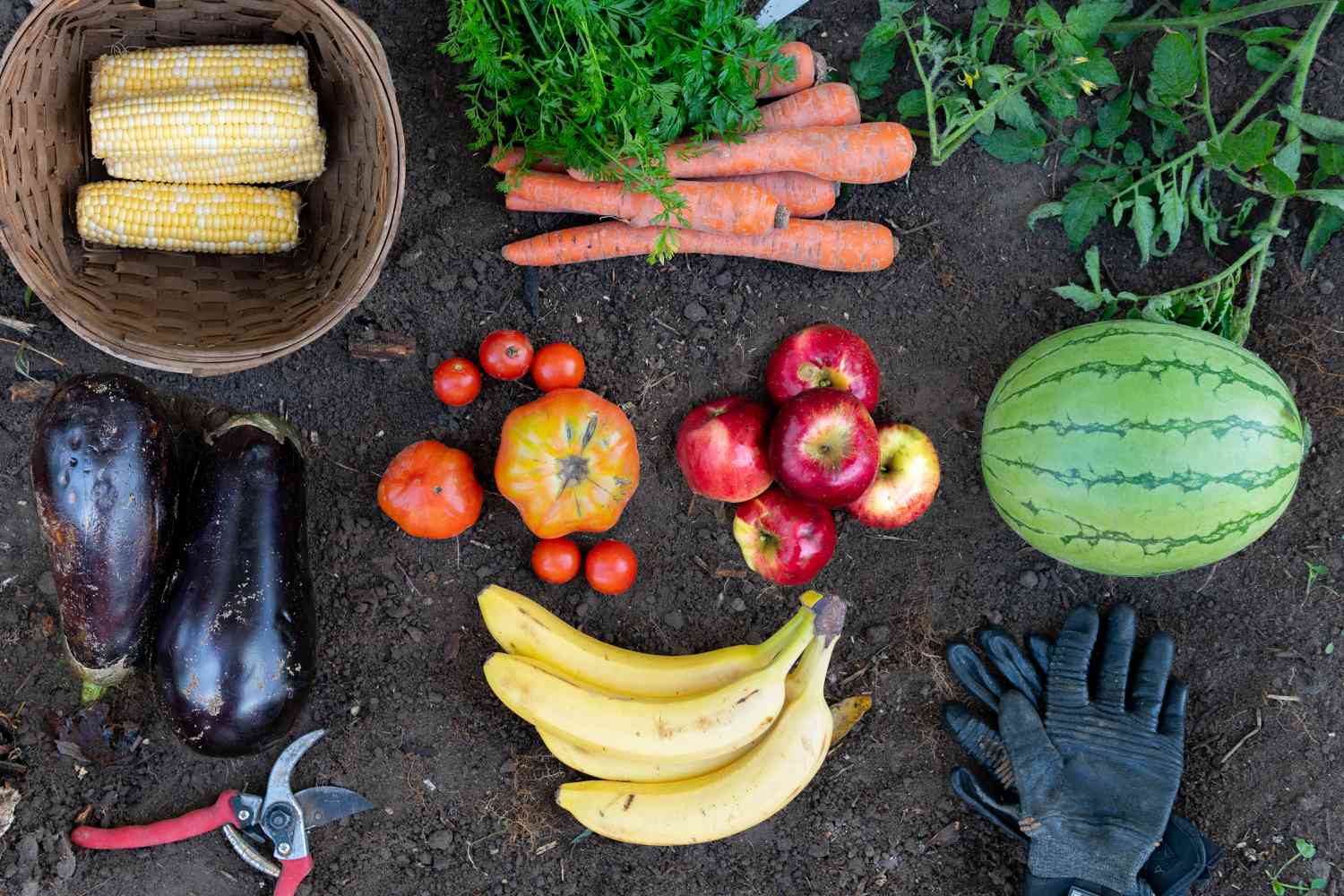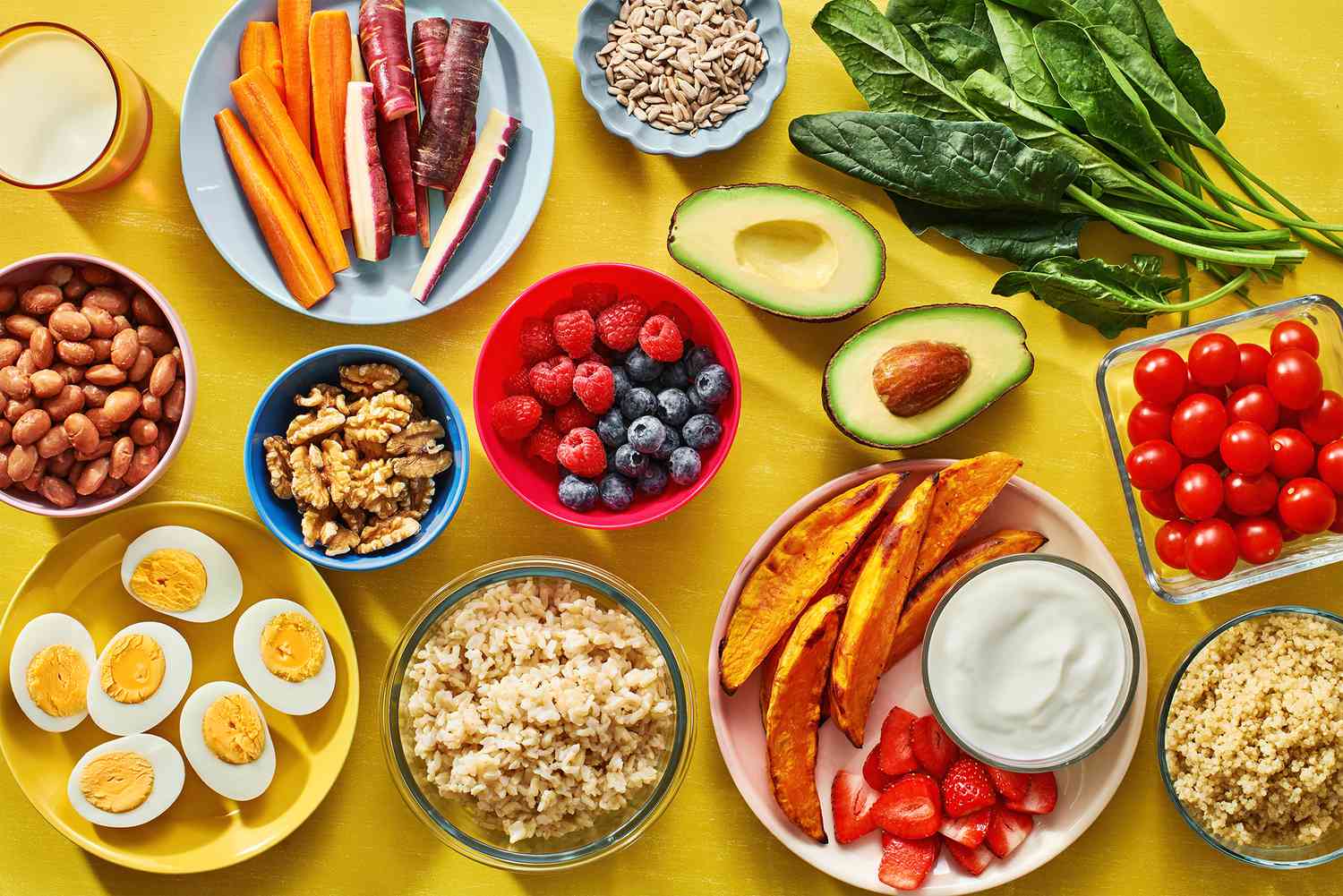Why You Should Eat More Fruits and Vegetables
Eating a variety of fruits and vegetables is essential for maintaining a healthy and balanced diet. Fruits and vegetables are packed with essential vitamins, minerals, and fiber that are beneficial for your overall health. They can help reduce the risk of chronic diseases, such as heart disease, stroke, and certain types of cancer. Additionally, they are low in calories and high in nutrients, making them an excellent choice for weight management.
Simple Ways to Incorporate More Fruits and Vegetables into Your Diet
While the benefits of consuming fruits and vegetables are clear, many people struggle to incorporate them into their daily meals. Here are some simple and practical tips to help you eat more fruits and vegetables:
1. Start Your Day with a Fruit Smoothie
Blend your favorite fruits with some yogurt or milk to create a delicious and nutritious smoothie. This is a convenient way to consume multiple servings of fruits in one go. You can also add leafy greens like spinach or kale for an extra nutrient boost.
2. Snack on Fresh Fruits and Vegetables
Keep a bowl of fresh fruits on your kitchen counter or pack pre-cut vegetables in your lunchbox for a quick and healthy snack. Having them readily available makes it easier to reach for them when hunger strikes.
3. Add Vegetables to Your Main Dishes
Whether you’re making a stir-fry, pasta, or soup, adding a variety of vegetables can enhance the flavor and nutritional value of your meals. Try incorporating colorful vegetables like bell peppers, carrots, and broccoli to make your dishes more visually appealing.
4. Experiment with Different Cooking Methods
Roasting, grilling, steaming, or sautéing vegetables can bring out their natural flavors and textures. Experiment with different cooking methods to find the ones that you enjoy the most. You might discover new favorite ways to prepare and enjoy your veggies.
5. Make Fruits and Vegetables the Star of Your Plate
When planning your meals, aim to make fruits and vegetables the focal point. Build your meals around a colorful variety of produce and use them as the main ingredients in your recipes. This can help you consume larger portions of fruits and vegetables with every meal.
Benefits of Eating a Rainbow of Fruits and Vegetables
It’s important to consume a diverse range of fruits and vegetables to ensure that you’re getting a wide array of nutrients. Different colored fruits and vegetables offer unique health benefits:
- Red: Red fruits and vegetables like tomatoes and watermelon contain lycopene, a powerful antioxidant that may help reduce the risk of certain cancers and heart disease.
- Orange and Yellow: These fruits and vegetables, such as carrots and oranges, are rich in beta-carotene, which is essential for healthy vision and immune function.
- Green: Leafy greens like spinach and kale are packed with vitamins A, C, and K, as well as folate and potassium. They are also rich in antioxidants and fiber.
- Blue and Purple: Blueberries, eggplants, and purple cabbage contain anthocyanins, which have been linked to improved heart health and cognitive function.
- White and Brown: Foods like bananas, mushrooms, and cauliflower provide nutrients such as potassium, magnesium, and fiber, which are important for overall health.
Final Thoughts
Adding more fruits and vegetables to your diet doesn’t have to be complicated. By incorporating these colorful and nutrient-dense foods into your meals and snacks, you can improve your overall health and well-being. Whether you’re blending them into a smoothie, tossing them into a salad, or enjoying them as a side dish, there are countless delicious ways to enjoy the benefits of fruits and vegetables every day.
Was this page helpful?
anisurrups
Anisur Rahman is political science analyzer











